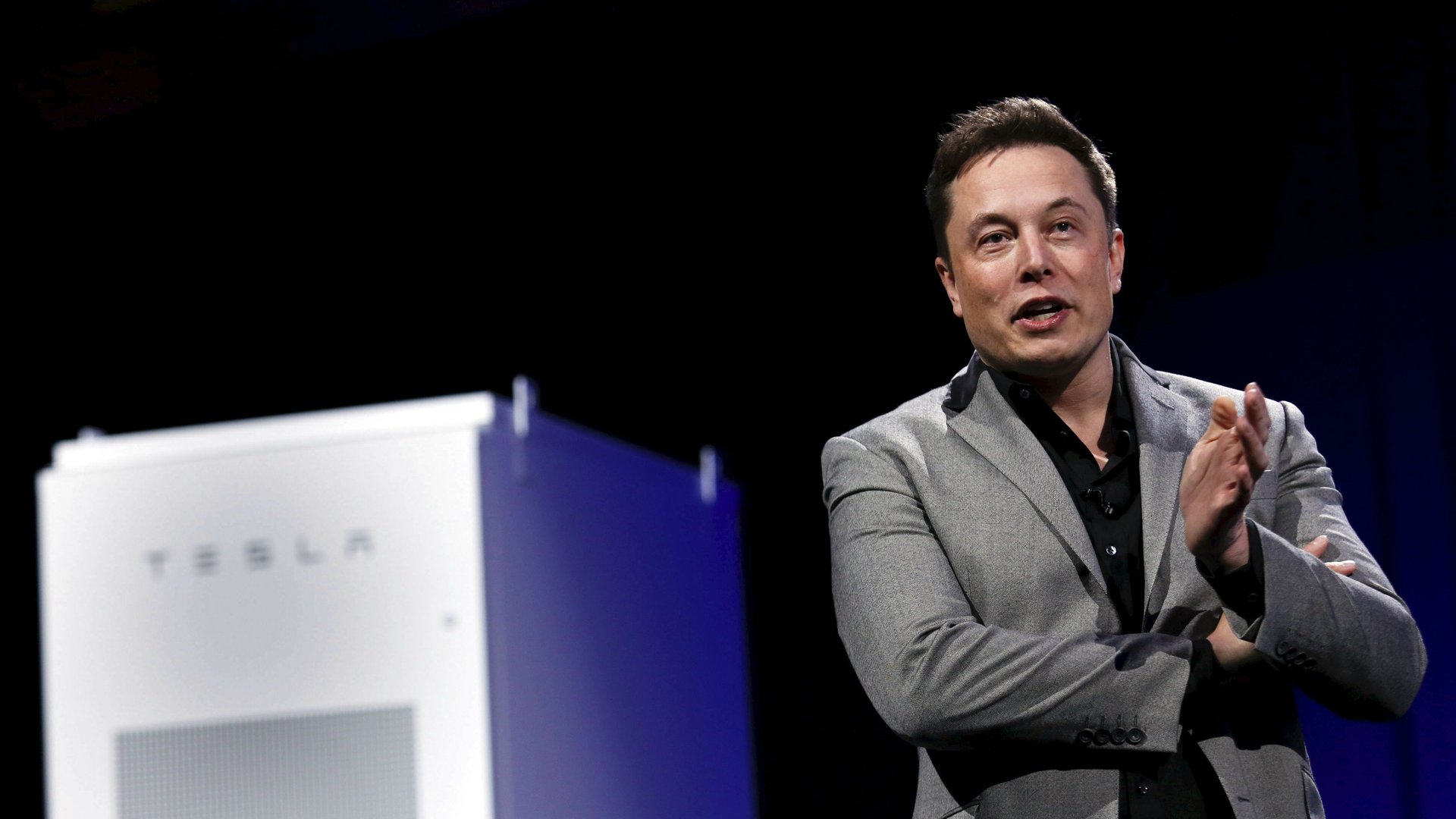Tesla says Autopilot was on in fatal car crash, capping a week of bad news
Bad news has come hard and fast at Tesla this week, further calling into question the hype around the electric car company.


Bad news has come hard and fast at Tesla this week, further calling into question the hype around the electric car company.
Today (March 31), Tesla said the Model X car involved in a fatal crash in California last week had its Autopilot system turned on moments before the car’s collision with a roadside barrier. (Previously, the company had said it didn’t know whether the semiautonomous driving feature was switched on at the time of the crash because it hadn’t recovered the computer logs yet.) “The driver had received several visual and one audible hands-on warning earlier in the drive and the driver’s hands were not detected on the wheel for six seconds prior to the collision,” the company said in a statement.
Tesla continued to reiterate evidence that suggests that, overall, the Autopilot feature leads to fewer car crashes. But the accident, which marks Tesla’s second with the Autopilot feature on, will continue making investors jittery about the company’s prospects.
There’s the matter of the company’s finances. It’s burning through cash and is falling far behind on its production targets, particularly for the cheaper Model 3 car crucial to generating more revenue. It seems Tesla’s troubles are catching up to it. The company’s stock price has dropped more than 20% this month, and it was knocked it off its perch as biggest US automaker by market value.
Last year, the fact that Tesla issued $1.8 billion of bonds with a coupon of 5.3% raised a lot of eyebrows. Turns out that investing in junk debt probably wasn’t a good idea. Moody’s downgraded Tesla’s bonds on March 27, which were already well below investment-grade level, and said the outlook was negative, citing production shortfalls, cash flow problems, and upcoming bond payments. “The negative outlook reflects the likelihood that Tesla will have to undertake a large, near-term capital raise in order to refund maturing obligations and avoid a liquidity short-fall,” the Moody’s report said. How large? $2 billion, according to the ratings company.
Well, bond investors didn’t like that.
Meanwhile, the National Transportation Safety Board is investigating the latest Tesla car crash, while a crash involving a self-driving Uber and a pedestrian has led companies to suspend their tests of self-driving cars on public roads.
That’s not the last of Tesla’s problems. On Friday, the company announced its largest-ever recall of some 123,000 Model S sedans in order to fix bolts that were found corroding in colder climates that use road salts. The bolts are designed to assist with power steering.
And (!) this week a Delaware judge said Tesla shareholders could further pursue their case that they were manipulated by Elon Musk’s influence and reputation into backing a $2.6 billion buyout of a solar-energy firm, SolarCity, founded by his cousins. The company’s share price has plummeted to its lowest level in about a year.
Next week, Tesla is due give an update on how first-quarter deliveries went. It will need some truly out-of- this-world numbers to get back in investors’ good books.